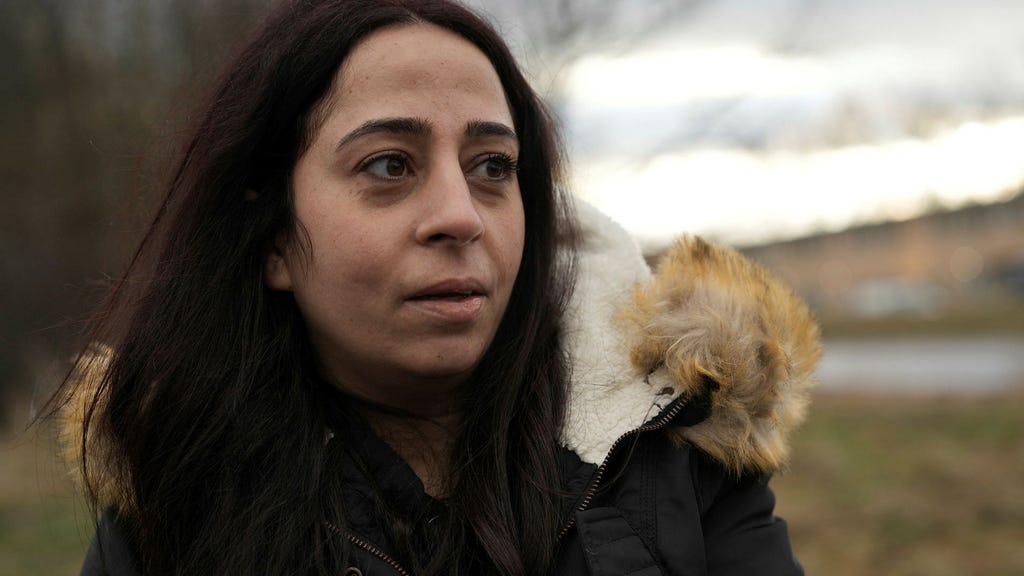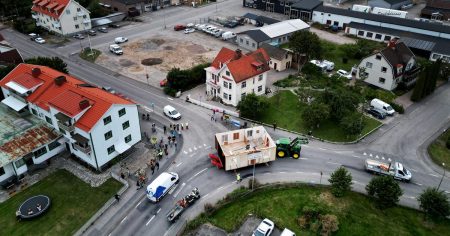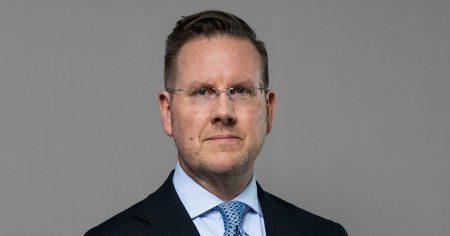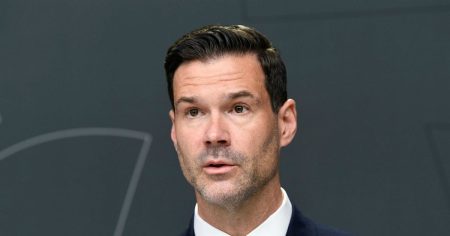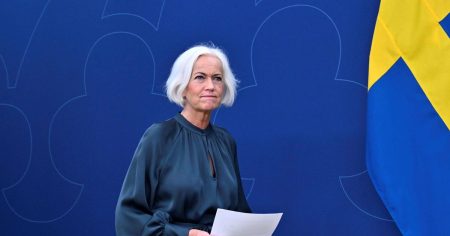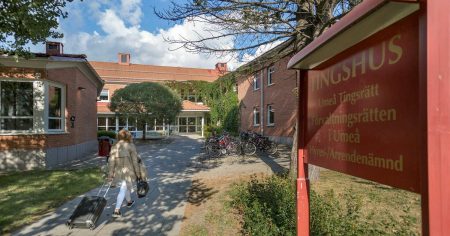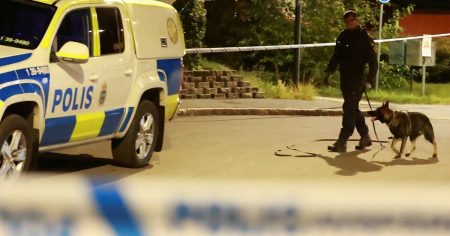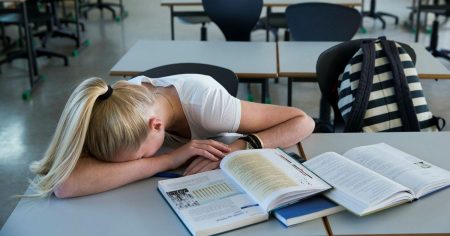The chilling aftermath of the school shooting at Risbergska casts a long shadow over Örebro, Sweden. The morning after the tragedy, the school grounds are a somber scene, draped in police tape and adorned with a growing collection of flowers and flickering candles. Mirna Essa, a student at the school, returns with her family to pay her respects, the image of her young daughter sucking on a popsicle juxtaposed against the stark reality of the violence that unfolded just hours before. Essa recounts the terrifying moments when the alarm blared, a woman’s desperate cries of ”No, no, no,” followed by the chilling sound of gunshots. The chaos that erupted sent her fleeing, her mind reeling in disbelief, the scene playing out like a horrific movie. The pervasive question of ”Why?” hangs heavy in the air.
The community grapples with the enormity of the event, described as the worst act of violence in Swedish history. A heavy police presence remains at the school as investigations continue, while overhead, a police helicopter circles relentlessly. The details remain hazy, the full scope of the tragedy yet to be understood. Those connected to the school, past and present, express their shock and grief. A woman kneels by the floral tributes, overcome with sadness, lamenting the unwelcome reality they have awakened to. Stefan von Proschek, a Risbergska alumnus from 1982, expresses the profound sense of closeness to the tragedy, the familiar setting amplifying the pain.
The ripple effect of the shooting extends far beyond the school walls, impacting individuals and families across the community. Shams ul Qamar, another former student, recounts his years spent at Risbergska, learning Swedish, completing his education, and building friendships. The attack becomes intensely personal as he reveals that one of his friends was injured in the shooting, her condition still unknown as she remains hospitalized. He worries about his friend’s fate and future while still reeling from the incident’s aftershock. He visited the school along with other individuals to pay his respects and show empathy, and attempt to start the healing process.
In the face of this tragedy, the community seeks solace and support. The local government makes the decision to keep schools open, recognizing the need for students and staff to come together, process their grief, and access support services. Crisis management teams are deployed to schools, providing a crucial presence for those struggling to cope. The community rallies together. Recognizing the need for collective healing, the municipality establishes several designated gathering places across the city, offering spaces for individuals to find comfort and connect with others. A dedicated support hotline is also established, providing a lifeline for those seeking emotional and psychological assistance.
While the immediate focus is on providing immediate support, the administration also looks ahead, planning for long-term support within the schools. The recognition that the healing process will be ongoing highlights the profound impact of the shooting on the entire community. Amidst the grief and uncertainty, a small act of resilience unfolds at Kunskapsskolan, another school in Örebro. Math teacher Jonas Wahlström, along with three of his students, raises the Swedish flag to half-mast, a poignant symbol of national mourning. As a statement of empathy and support, it serves to provide some sense of unity. The act captures how the school handles the situation and the impact on the youth, some of whom are struggling to process the incident.
For Mirna Essa, the shooting has irrevocably altered her perception of safety and her future. The trauma of the experience leaves her hesitant to return to Risbergska, the memory of the violence overshadowing her desire to continue her studies. The weight of the tragedy presses heavily on her mind, her thoughts consumed by the victims, making it impossible to focus on anything else. The uncertainty surrounding her return to school reflects the long road to recovery that lies ahead for both Essa and the entire community. The shooting at Risbergska serves as a stark reminder of the devastating impact of violence and the importance of fostering safe and supportive environments for students and educators. The healing process will be long and arduous, but the community’s resilience and commitment to supporting one another offer a glimmer of hope amidst the darkness.





